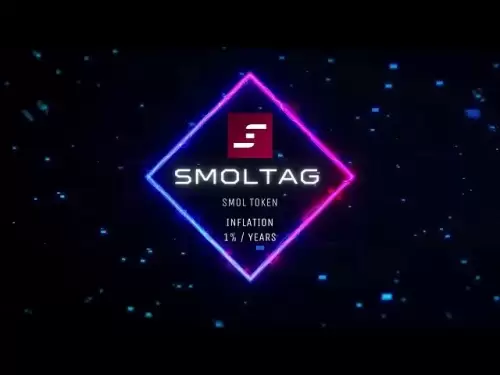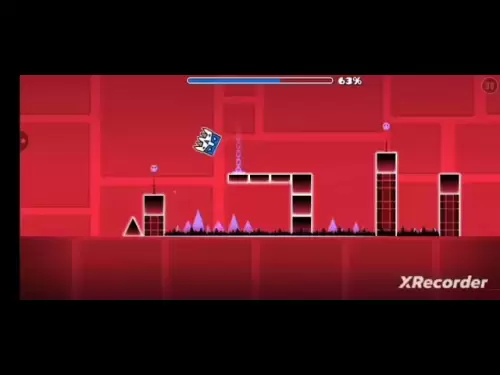-
 Bitcoin
Bitcoin $119300
1.07% -
 Ethereum
Ethereum $3730
3.87% -
 XRP
XRP $3.235
0.29% -
 Tether USDt
Tether USDt $1.000
0.00% -
 BNB
BNB $783.5
1.88% -
 Solana
Solana $188.7
0.25% -
 USDC
USDC $0.0000
-0.01% -
 Dogecoin
Dogecoin $0.2399
-0.44% -
 TRON
TRON $0.3157
2.37% -
 Cardano
Cardano $0.8254
1.94% -
 Hyperliquid
Hyperliquid $42.83
0.14% -
 Stellar
Stellar $0.4372
3.21% -
 Sui
Sui $3.859
4.91% -
 Chainlink
Chainlink $18.53
3.53% -
 Hedera
Hedera $0.2464
0.01% -
 Bitcoin Cash
Bitcoin Cash $519.8
2.46% -
 Avalanche
Avalanche $24.24
2.17% -
 Litecoin
Litecoin $113.7
0.73% -
 UNUS SED LEO
UNUS SED LEO $8.990
0.30% -
 Shiba Inu
Shiba Inu $0.00001390
0.21% -
 Toncoin
Toncoin $3.188
1.49% -
 Ethena USDe
Ethena USDe $1.001
0.02% -
 Polkadot
Polkadot $4.090
-0.91% -
 Uniswap
Uniswap $10.40
4.08% -
 Monero
Monero $326.6
3.12% -
 Bitget Token
Bitget Token $4.627
-0.42% -
 Pepe
Pepe $0.00001281
0.76% -
 Dai
Dai $1.000
0.01% -
 Aave
Aave $291.6
0.98% -
 Cronos
Cronos $0.1269
7.26%
What happens when all Kaspa is mined?
After all 28.7 billion KAS are mined, miners will rely solely on transaction fees, with network security maintained through high throughput, ASIC-resistant design, and dynamic fee markets.
Jul 23, 2025 at 05:57 pm

Understanding the Kaspa Mining Mechanism
Kaspa operates on a blockchain protocol that utilizes the GHOSTDAG consensus mechanism, enabling high-speed block generation through a directed acyclic graph (DAG) structure. Unlike traditional blockchains that produce one block at a time, Kaspa can generate multiple blocks per second, significantly increasing throughput. The mining process in Kaspa involves Proof of Work (PoW) using the kHeavyHash algorithm, which is ASIC-friendly and designed to maintain decentralization by supporting efficient hardware usage. Miners compete to solve cryptographic puzzles, and the first to find a valid solution broadcasts the block to the network. Each block contains a block reward, which is paid in KAS tokens to the successful miner.
Total Supply and Emission Schedule
Kaspa has a fixed maximum supply of 28.7 billion KAS tokens, which distinguishes it from inflationary cryptocurrencies. The emission follows a halving schedule similar to Bitcoin, where the block reward is reduced by half approximately every four years. This gradual reduction ensures a predictable and deflationary supply model. The initial block reward was set at 32 KAS per block, and this amount decreases over time through scheduled halvings. The network adjusts mining difficulty dynamically to maintain a consistent block interval of 1 second, ensuring stability even as mining power fluctuates. Because of this structure, the process of mining all 28.7 billion KAS will span several decades.
What Happens When the Final KAS is Mined?
Once the 28.7 billionth KAS token is mined, no new tokens will be created through block rewards. At this point, the total supply becomes permanently fixed, and the monetary policy shifts entirely to transaction-based incentives. Miners will no longer receive newly minted KAS as a reward. Instead, their income will come solely from transaction fees paid by users to have their transactions included in blocks. The network relies on the assumption that transaction volume and demand will be sufficient to incentivize miners to continue securing the network. The kHeavyHash algorithm and DAG structure will remain unchanged, ensuring the network continues to process transactions at high speed and scale.
Impact on Miners and Network Security
After all KAS are mined, miner profitability will depend entirely on transaction fees. For the network to remain secure, the fee market must provide adequate compensation to deter malicious actors and encourage honest participation. The 1-second block time and high throughput of Kaspa mean that even small fees per transaction can accumulate into substantial revenue for miners if network usage is high. The decentralized nature of mining, supported by ASIC optimization and resistance to centralization, helps maintain a distributed miner base. Network upgrades may introduce fee optimization mechanisms, such as dynamic fee markets or congestion pricing, to balance user costs with miner incentives. The GHOSTDAG protocol ensures that even with reduced block rewards, the chain remains secure against double-spending and other attacks.
Transaction Fees and User Experience
With no block rewards, the fee structure becomes the primary economic driver of the network. Users will need to pay fees to prioritize their transactions, and these fees will be collected by miners. The Kaspa wallet software and node implementations will likely include fee estimation tools to help users set competitive fees based on network congestion. During peak usage, fees may rise, while periods of low activity could result in lower costs. Developers may implement layer-2 solutions or batching techniques to reduce per-transaction costs. The RPC interface and JSON-RPC commands used by nodes will continue to support fee configuration, allowing advanced users to manually set fees. Wallets will display real-time fee recommendations, calculated from recent block data and mempool analysis.
Preparing for the Post-Mining Era
The transition to a fee-only economy requires long-term planning. Node operators and developers will monitor the mempool size, transaction throughput, and average fees to assess network health. Community-driven proposals may suggest adjustments to fee mechanics, such as minimum fee floors or priority lanes for high-value transactions. Exchanges and custodial services will need to update their withdrawal fee models to reflect changing miner incentives. The Kaspad software may introduce fee auctions or time-based pricing to optimize block space allocation. Users are encouraged to run full nodes to support decentralization, using the bootstrap.dat file or fast sync methods to reduce initial setup time. Configuration files like kaspa.conf allow fine-tuning of fee policies and connection limits.
Frequently Asked Questions
- How can I check the current block reward and remaining supply?
Use thegetblockchaininfocommand via the Kaspa RPC interface. This returns the current block height, difficulty, and estimated time until the next halving. Third-party block explorers like explorer.kaspa.org display real-time data on total supply, emissions, and block rewards.Will transaction fees increase dramatically after mining ends?
Fee levels depend on network demand, not just the absence of block rewards. If adoption grows, fees may rise due to competition for block space. However, improvements in transaction batching, wallet efficiency, and off-chain solutions could mitigate cost increases.Can the maximum supply of KAS be changed after all coins are mined?
No. The 28.7 billion cap is hardcoded into the protocol. Altering it would require a hard fork and near-unanimous consensus from miners, developers, and users, which is highly unlikely due to the emphasis on monetary integrity.How do I configure my node to handle fee-only mining conditions?
Edit the kaspa.conf file to set parameters likeminrelaytxfee=0.00000001andmaxmempool=500. Use thesettxfeeRPC command to adjust outgoing transaction fees. Monitor fee trends usinggetmempoolinfoandgetnettotals.
Disclaimer:info@kdj.com
The information provided is not trading advice. kdj.com does not assume any responsibility for any investments made based on the information provided in this article. Cryptocurrencies are highly volatile and it is highly recommended that you invest with caution after thorough research!
If you believe that the content used on this website infringes your copyright, please contact us immediately (info@kdj.com) and we will delete it promptly.
- WazirX, Revote, and Crypto Unlock: A New York Minute on the Latest Developments
- 2025-07-25 06:50:11
- Satoshi-Era Bitcoin Whale Awakens: $469 Million in BTC on the Move
- 2025-07-25 06:30:11
- TIA Tokens, Crypto Shift & Ripple Effect: What's the Deal?
- 2025-07-25 07:10:11
- Bored Ape Trademark Tussle: Appeals Court Throws a Wrench in Yuga Labs' Victory
- 2025-07-25 06:30:11
- SAHARA Token Under Bearish Pressure: $4.72B Volume Signals Caution
- 2025-07-25 05:30:11
- Dogecoin, Meme Coins, and 2025: What's the Hype?
- 2025-07-25 05:10:11
Related knowledge
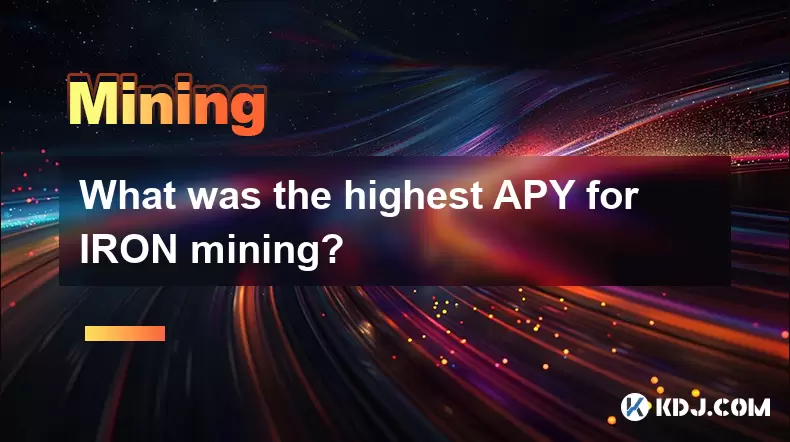
What was the highest APY for IRON mining?
Jul 23,2025 at 05:14am
Understanding IRON Token and Its Mining MechanismThe IRON token is a stablecoin that operates within the Iron Finance ecosystem, primarily on blockcha...

What is impermanent loss in IRON pools?
Jul 23,2025 at 09:00am
Understanding Impermanent Loss in the Context of IRON PoolsImpermanent loss is a phenomenon that affects liquidity providers in decentralized finance ...
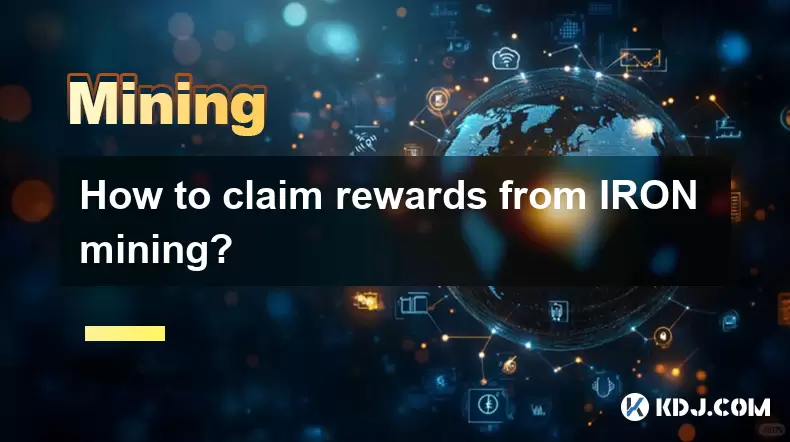
How to claim rewards from IRON mining?
Jul 23,2025 at 02:21pm
Understanding IRON Mining and Reward MechanismsIRON Finance operated as a decentralized finance (DeFi) protocol on the Polygon and Binance Smart Chain...
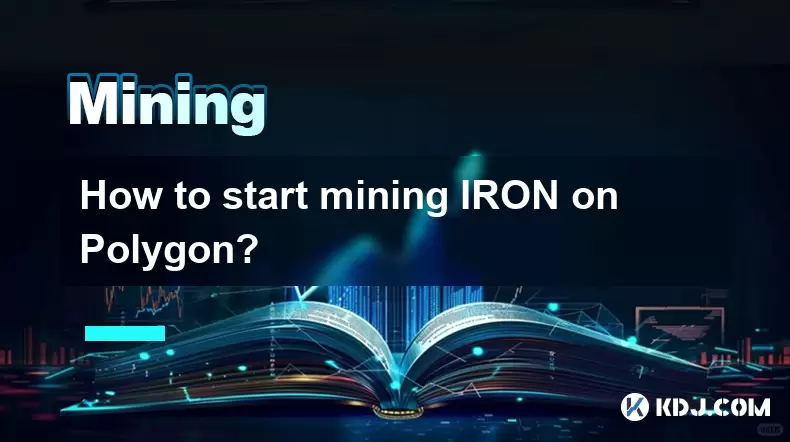
How to start mining IRON on Polygon?
Jul 23,2025 at 08:00pm
Understanding IRON and Its Role on PolygonIRON is a decentralized, algorithmic stablecoin designed to maintain a 1:1 peg with the US dollar. It operat...
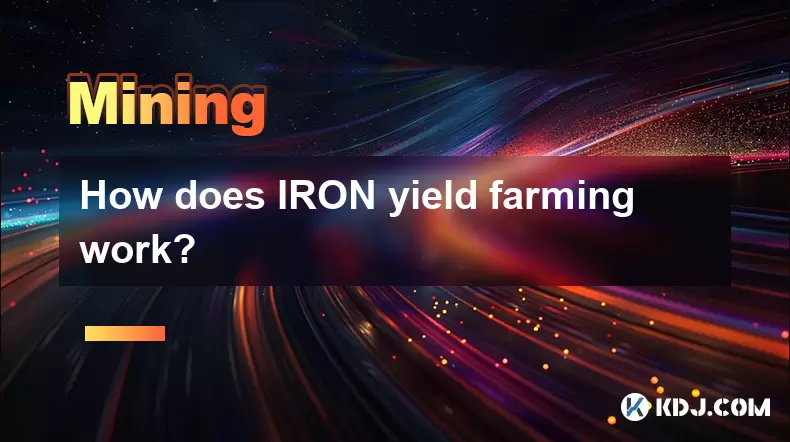
How does IRON yield farming work?
Jul 23,2025 at 10:14pm
Understanding IRON Yield Farming and Its Core MechanismIRON yield farming is a decentralized finance (DeFi) strategy that allows users to earn rewards...
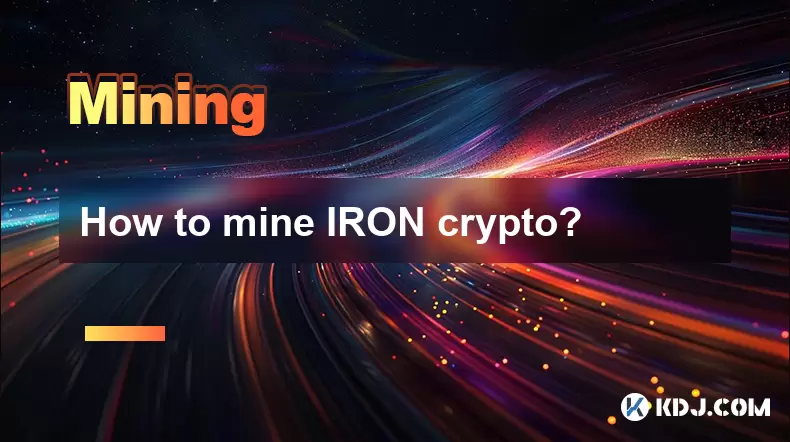
How to mine IRON crypto?
Jul 23,2025 at 07:08pm
Understanding IRON Crypto and Its Mining MechanismIRON crypto is not a standalone blockchain-based cryptocurrency that can be mined using traditional ...

What was the highest APY for IRON mining?
Jul 23,2025 at 05:14am
Understanding IRON Token and Its Mining MechanismThe IRON token is a stablecoin that operates within the Iron Finance ecosystem, primarily on blockcha...

What is impermanent loss in IRON pools?
Jul 23,2025 at 09:00am
Understanding Impermanent Loss in the Context of IRON PoolsImpermanent loss is a phenomenon that affects liquidity providers in decentralized finance ...

How to claim rewards from IRON mining?
Jul 23,2025 at 02:21pm
Understanding IRON Mining and Reward MechanismsIRON Finance operated as a decentralized finance (DeFi) protocol on the Polygon and Binance Smart Chain...

How to start mining IRON on Polygon?
Jul 23,2025 at 08:00pm
Understanding IRON and Its Role on PolygonIRON is a decentralized, algorithmic stablecoin designed to maintain a 1:1 peg with the US dollar. It operat...

How does IRON yield farming work?
Jul 23,2025 at 10:14pm
Understanding IRON Yield Farming and Its Core MechanismIRON yield farming is a decentralized finance (DeFi) strategy that allows users to earn rewards...

How to mine IRON crypto?
Jul 23,2025 at 07:08pm
Understanding IRON Crypto and Its Mining MechanismIRON crypto is not a standalone blockchain-based cryptocurrency that can be mined using traditional ...
See all articles





















